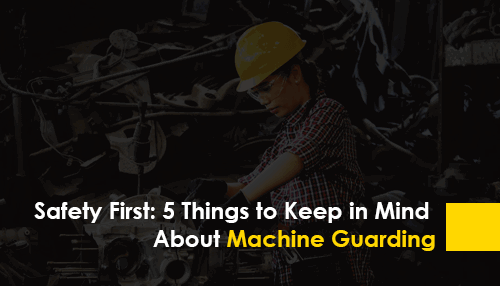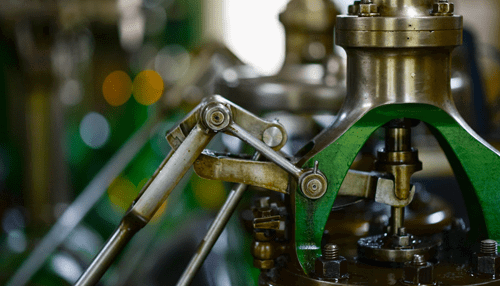Even especially useful, carefully maintained machines can cause devastating injuries or worse to operators and others. Machine-guarding arrangements that reduce the risk of accidents need to be employed in every environment where such dangers exist.
Guarding machines effectively, though, often turns out to be quite a bit more complicated than expected. Fortunately, accounting for five especially important issues will always make the required work a lot easier.
Given how easy it is to get a quote for particular machine guarding products, it might be thought that making appropriate arrangements would be fairly straightforward. A look at the Occupational Safety and Health Administration (OSHA) introduction to the subject, though, will reveal that there is quite a bit that always needs to be taken into consideration.
Fortunately, experience has shown that most or all of the relevant issues can be addressed by focusing on a few key areas. Such conclusions have helped reduce the incidence of machine-induced workplace fatalities significantly over the years, a development everyone can appreciate. The most important matters to assess and account for when planning machine guarding arrangements are:
– Functions.
Every machine has certain inherent capabilities, the nature of which will always impact the types of guarding that will be needed. OSHA assigns machine functions to four distinct groups, each of which manifests in a wide variety of ways in practice. Machines that can saw materials typically include rotary or reciprocating linear attachments instead of simple blades that shear, slice, or chop. Machinery responsible for punching stock or products will generally feature awl- or drill-like implements. Materials like steel often end up in machines designed to bend them, with presses typically working them around integrated forms or anvils. Finally, shearing machines differ from those specialized for sawing in that they cut without generating avoidable heat or burrs.
– Movement.
Even two machines that fall into the same functional class can easily move in different ways. The exposed moving parts of some machines primarily rotate, keeping within an established footprint at all times. Working elements found on other machines can traverse significant amounts of space in the course of normal operations. Some machines include reciprocating parts that are designed to move back and forth between two endpoints.
– Risks.
The functions of a machine and the movement patterns of its exposed parts will give rise to particular risks that can be identified and described. Conducting a thorough assessment of the risks inherent in a machine will always be an especially important step toward guarding it effectively.
– Environment.
Guarding arrangements will almost always be restricted and informed by the environment surrounding a machine and any people who could be exposed to the risks it creates. Failing to account for environmental limitations can easily make an otherwise well-informed machine-guarding strategy useless.
– Space.
Guarding necessarily takes up space, and this fact will always need to be addressed as well. Fortunately, many effective, reliable machine guarding products are anything but demanding in this frequently significant respect.
Machine guarding alone will never rule out workplace accidents and serious injuries. Any comprehensive, worthy machine safety strategy, though, will necessarily include attention to guarding and related matters. Although arranging for effective guarding can be complicated, paying attention to the five fundamental issues discussed above will always make things quite a bit simpler.




